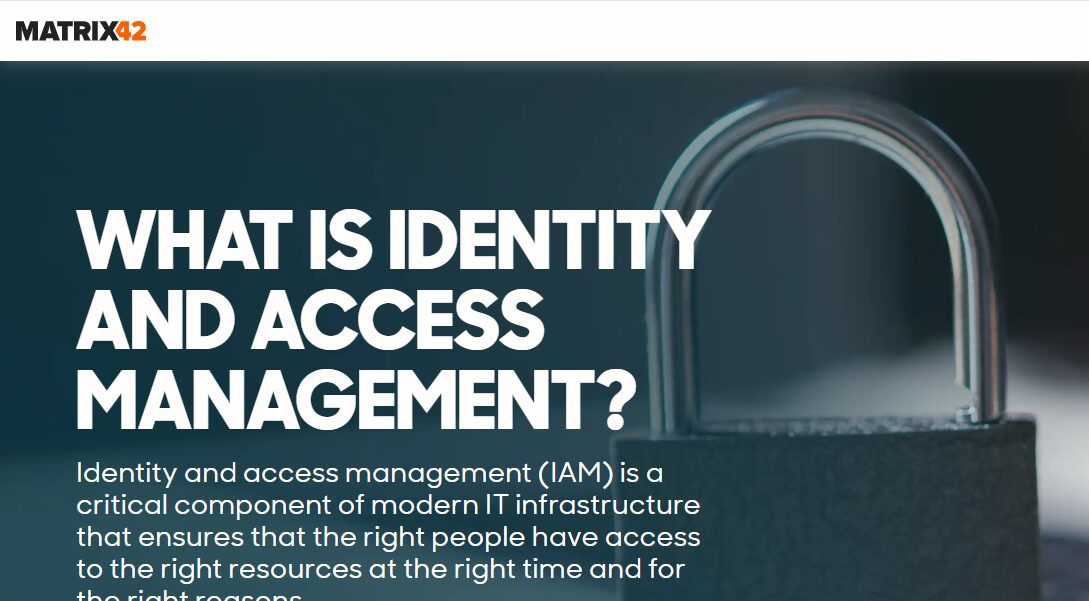As digital systems evolve, controlling access to them becomes more challenging. Every employee, contractor, and partner interacts with multiple tools and platforms. Without strong control mechanisms, this interconnectedness can lead to unnecessary risk. Companies are now looking beyond passwords and manual processes to protect their environments. Automated solutions that align access with role, location, and timing provide the control needed without slowing down operations. These systems are not just about restriction—they are about creating secure, efficient workflows that support productivity. Keep reading to explore how structured access improves both security and performance at scale.
Managing User Access From Day One
From onboarding to offboarding, access needs to be timely, accurate, and role-specific. When a new user joins the team, access must reflect their responsibilities. If permissions are too limited, productivity slows; if too broad, risks increase. Automated provisioning ensures access is granted based on clearly defined roles. These permissions can also change dynamically if an employee switches departments or responsibilities. By aligning access with actual need, organisations keep systems secure and avoid the clutter of outdated accounts.
Built-in templates for common roles help standardise access while still allowing flexibility where needed.
Monitoring Activity Without Invasion
Security and privacy can go hand-in-hand when access is monitored correctly. Logs of login attempts, permission changes, and resource usage provide insights into how systems are being used. This helps detect patterns, flag irregularities, and respond to threats faster. Rather than acting only after a problem arises, teams can identify and address suspicious activity before it causes harm.
Real-time alerts keep stakeholders informed and reduce the window between detection and action. When combined with analytics, this visibility improves both compliance and performance tracking across the organisation.
Aligning Access With Business Policy
Each organisation has different requirements when it comes to data protection, approval chains, and compliance. Access systems should reflect those policies accurately. Built-in workflows help automate approvals based on the department, seniority level, or data sensitivity. For example, access to financial records or personal data might require multi-level sign-off and regular review.
These safeguards help organisations stay aligned with industry regulations and internal controls. Regular audits can also be automated, reducing the workload on compliance teams while increasing trust with external stakeholders.
Reducing Manual Work With Self-Service Options
Many access tasks—like password resets, software requests, or permission renewals—can be handled without direct IT involvement. Self-service portals empower users to manage simple requests through a secure, controlled environment. This not only speeds up resolution times but also reduces the strain on helpdesk staff.
Approvals are still part of the workflow, but users no longer have to wait for support teams to process every routine task. The result is a smoother experience for users and more focus on strategic work for IT teams.
Supporting Change Without Losing Control
Digital environments are rarely static. Mergers, new applications, or organisational changes require constant adaptation. Access systems should support that growth without compromising control. Templates, dynamic rules, and automation keep access in line with business changes. Whether scaling up or consolidating, permissions stay manageable and traceable.
Teams can roll out updates with minimal disruption, knowing that access will be applied fairly, securely, and efficiently. This flexibility supports innovation while maintaining stability in day-to-day operations.
To create secure, adaptable, and user-friendly access across your organisation, implementing iam brings structure to identity management at every level.



































